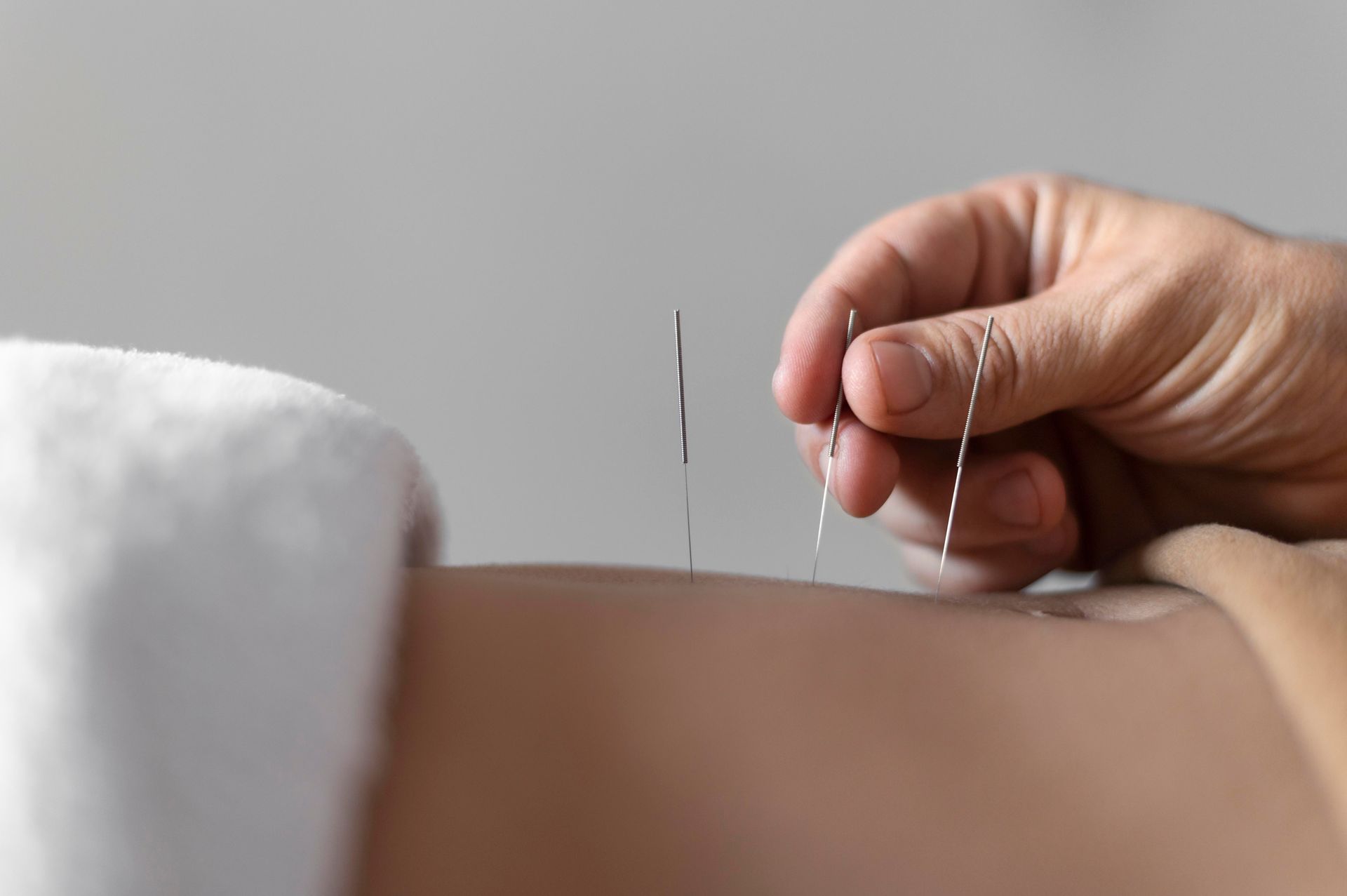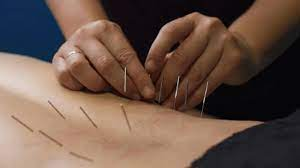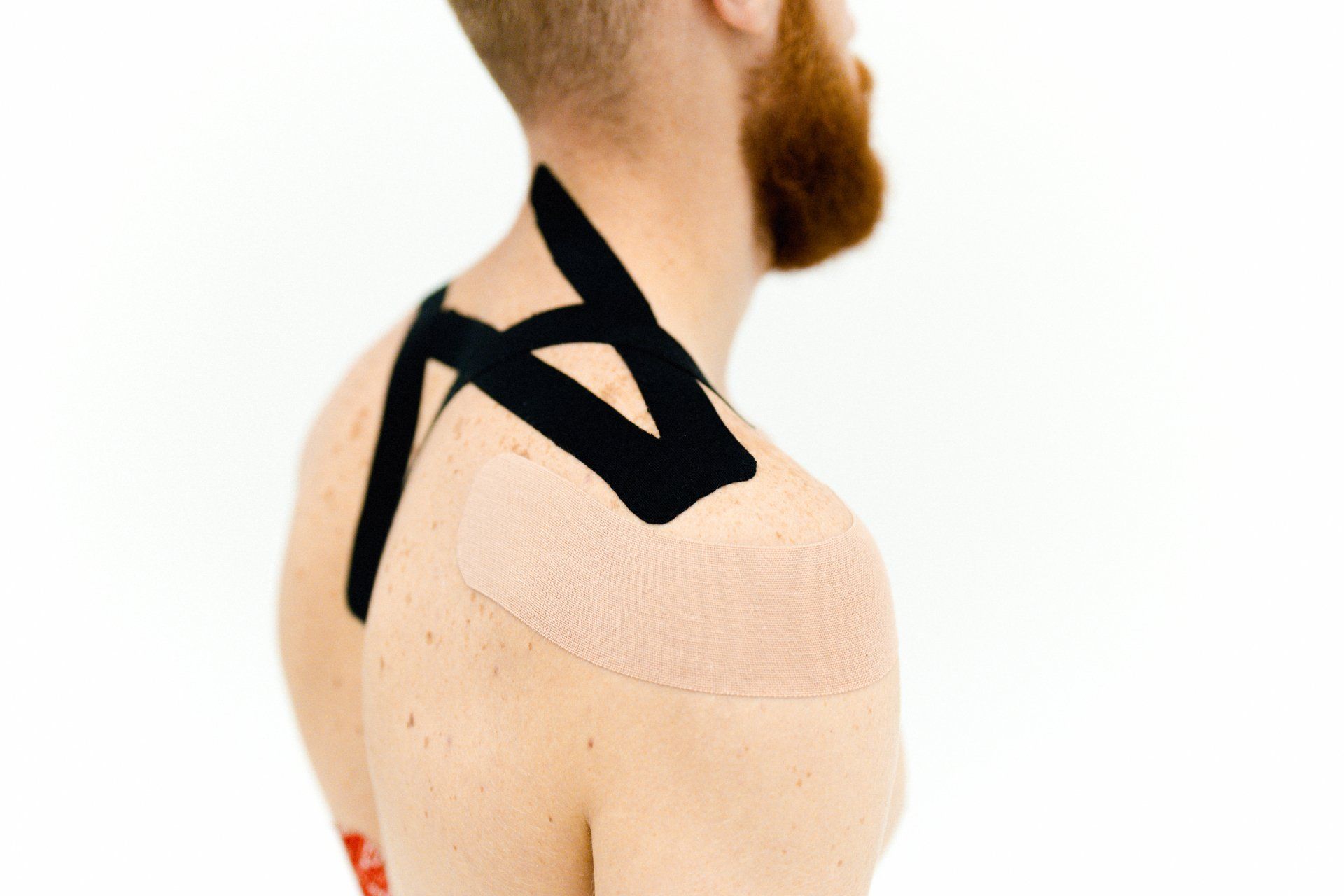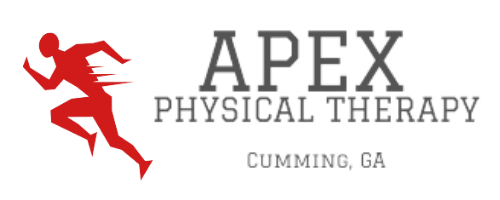5 Essential Spine Care Tips to Stop Back Pain Before It Starts
Your spine is the central pillar of your body, supporting your posture, flexibility, and movement. It's a complex structure of vertebrae, discs, muscles, and ligaments that allows you to bend, twist, and stand tall. But like any essential part of your body, your spine needs proper care to stay healthy and pain-free.
If you're looking for ways to maintain a healthy spine and avoid back pain issues, you’re in luck. Cumming physical therapist, APEX PT Cumming, shares five key tips you can incorporate into your daily routine:
1. Stay Hydrated and Eat Well
Just like a car needs fuel to run smoothly, your spine also thrives on proper hydration and a balanced diet. Water keeps your spinal discs plump and healthy, acting as a shock absorber for your vertebrae. Aim for eight glasses of water daily, adjusting based on your activity level and climate.
Food also plays a crucial role. A diet rich in fruits, vegetables, and whole grains provides essential vitamins and minerals that nourish your spine and the muscles that support it. Calcium is particularly important for bone health, so include dairy products or calcium-fortified foods in your meals. Consulting a registered dietitian can help you create a personalized plan for optimal spinal health.
2. Ditch the High Heels
High heels may look elegant, but they wreak havoc on your spine. The elevated heel throws your posture out of alignment, putting undue stress on your lower back muscles and discs. Instead, choose shoes that provide proper arch support and a comfortable heel height. Opt for sneakers for exercise and comfortable flats or wedges for everyday wear. Your spine will thank you!
3. Reduce Prolonged Sitting
Our modern lifestyles often involve extended periods of sitting, whether at work or glued to our favorite shows. This static position puts a significant strain on your lower back. According to Harvard Health, prolonged sitting increases pressure on your spinal discs, potentially leading to pain and stiffness. Here are some tips to combat the negative effects of sitting:
- Set a timer: Set an alarm to remind yourself to get up and move every 30–60 minutes. Take a short walk, stretch, or even perform a few simple exercises at your desk.
- Invest in a standing desk: If your work allows it, consider using a standing desk for part of the day. This promotes better posture and reduces pressure on your spine.
- Choose active transportation: Walk or bike to work or when running errands. This not only reduces sitting time but also provides much-needed exercise.
4. Exercise and Stretch Regularly
Regular exercise is vital for maintaining a healthy spine. Here are the reasons:
- Muscle strength: Strong core muscles, including your abdominals and back muscles, provide stability and support for your spine. Harvard Health highlights the "big three" exercises recommended by physical therapist Eric L’Italien: curl-ups, side planks, and bird-dogs. These exercises target all the key muscle groups for optimal spinal health.
- Flexibility: Tight muscles can pull your spine out of alignment. Regular stretching helps maintain good flexibility and range of motion in your back, reducing the risk of pain and injury.
Remember: Always consult with a healthcare professional before starting a new exercise program, especially if you have any pre-existing conditions. They can recommend a safe and effective exercise routine customized for your needs.
5. Consider Physical Therapy
Physical therapy plays a crucial role in maintaining spinal health. A qualified physical therapist can assess your posture, flexibility, and core strength. They can then develop a personalized treatment plan designed to address any specific issues you might have. Physical therapy can also help with:
- Pain management: Physical therapists use various techniques to alleviate back pain, such as manual therapy, therapeutic exercises, and modalities like ultrasound or electrical stimulation.
- Postural correction: A physical therapist can identify postural imbalances and provide exercises and stretches to improve your posture. This helps reduce stress on your spine and prevent future pain.
- Injury rehabilitation: If you've suffered a spinal injury, physical therapy can help you regain strength, flexibility, and range of motion. This reduces the risk of long-term complications and promotes optimal healing.
Here's the good news: You don't have to wait until you experience pain to seek the help of a physical therapist. A proactive approach to spine health is ideal.
Finding the Right Physical Therapist
With a variety of physical therapy practices, choosing the right one can feel overwhelming. Here are some key factors to consider:
- Qualifications and Experience: Look for a Cumming physical therapist with a Doctor of Physical Therapy (DPT) degree and a valid license in the state of Georgia. Experience in treating spinal conditions is a plus.
- Treatment Philosophy: Consider a physical therapist whose approach aligns with your preferences. Do they focus on manual therapy, exercise, or a combination of both?
- Patient Reviews and Recommendations: Reading online reviews and seeking recommendations from friends, family, or your doctor can provide valuable insights into a physical therapist's practice and patient satisfaction.
Conclusion
At APEX Physical Therapy, we want to help you achieve and maintain optimal spinal health. Our physical therapists use a comprehensive approach to address your specific needs. Here's what sets us apart from other practices:
- One-on-One Care: We believe in providing personalized attention to every patient. With us, you'll receive a full hour-long session with our licensed physical therapist, not just a quick consultation.
- Manual Therapy Expertise: Our therapists are skilled in various manual therapy techniques, like trigger point dry needling and Graston Technique, to address pain and muscle dysfunction in your spine.
- Focus on Core Strength and Stability: We design exercise programs that emphasize core strengthening and improving spinal stability, essential for long-term health.
- Modern Treatment Techniques: We use the latest evidence-based treatment approaches to ensure the most effective care for your specific needs.
- Focus on Root Cause: We don't just treat the symptoms; our approach involves uncovering the underlying cause of your spinal pain to provide lasting relief.
Take a Step Towards a Healthier Spine Today!
Don't let back pain or discomfort hold you back from enjoying an active and fulfilling life. At APEX Physical Therapy, we're here to help you achieve a healthy spine, so you can live life to the fullest. Contact APEX Physical Therapy today! Schedule an appointment to discuss your specific needs and learn how we can help you achieve optimal spinal health. Call us at (678) 325-6432 or fill out our contact form to book a free consultation.
Remember, prioritizing your spinal health is an investment in your overall well-being. Take the first step towards a pain-free and active future. We look forward to helping you on your journey towards a healthier spine.



#gettoknow
Meet Dr. Nathan
Meet Dr. Nathan Teter! He's the practicing Physical Therapist and owner of Apex Physical Therapy. Dr. Nathan's credentials include a bachelor's degree from the University of West Georgia and a Doctorate of Physical Therapy from the University of St. Augustine.
While studying in the University of West Georgia, Dr. Nathan played college football for the wolves and unfortunately suffered a traumatic knee injury during his senior season. After getting the chance to work with skilled Manual Therapists during his rehabilitation, his passion for Physical Therapy ignited.
Today, Dr. Nathan's passion for PT has encouraged him to open his own practice at his hometown of Cumming, GA.
To learn more about Dr. Nathan Teter, click on the button below!

#gettoknow
Meet Dr. Nathan
Meet Dr. Nathan Teter! He's the practicing Physical Therapist and owner of Apex Physical Therapy. Dr. Nathan's credentials include a bachelor's degree from the University of West Georgia and a Doctorate of Physical Therapy from the University of St. Augustine.
While studying in the University of West Georgia, Dr. Nathan played college football for the wolves and unfortunately suffered a traumatic knee injury during his senior season. After getting the chance to work with skilled Manual Therapists during his rehabilitation, his passion for Physical Therapy ignited.
Today, Dr. Nathan's passion for PT has encouraged him to open his own practice at his hometown of Cumming, GA.
To learn more about Dr. Nathan Teter, click on the button below!
Reviews
 Rating
Rating

"This was my first time trying physical therapy for lower back pain I had been experiencing. I received manual therapy and dry needling to help alleviate my pain and have felt awesome ever since! Everything was clean, the PT was professional, and I felt very comfortable during the entire experience. I will definitely be recommending Apex to anyone who needs physical therapy- the cash services are the best part!"
Meghan M.

"Best Physical Therapy experience that I have had over the years. Dr. Nathan Teter is extremely knowledgeable and professional. Making an appointment was easy and the website is very organized. The office was clean and always freshly sanitized. Provides great one-on-one PT and great care. Highly recommend!"
Abby S.

"Dr Teter is the best physical therapist I've ever had"
Sarah P.
Follow us: @apexphysicaltherapycumming
#staysocial
Stay Connected
Join Our Newsletter
Sign up for our newsletter to receive the latest updates, tips for your physical health, and exclusive offers tailored just for you. We’re here to support your journey to recovery and wellness every step of the way!
Contact Us
Please try again later.
Follow us: @apexphysicaltherapycumming
#staysocial
Apex Physical Therapy is the Most Trusted Physical Therapy Provider in Cumming.
Get the personalized care you deserve, restore your lifestyle, without aches, pains, or limitations.
327 Dahlonega St., Building 1200, Cumming, GA 30040
Phone:
678-729-9696
Email:
apexptcumming@gmail.com









